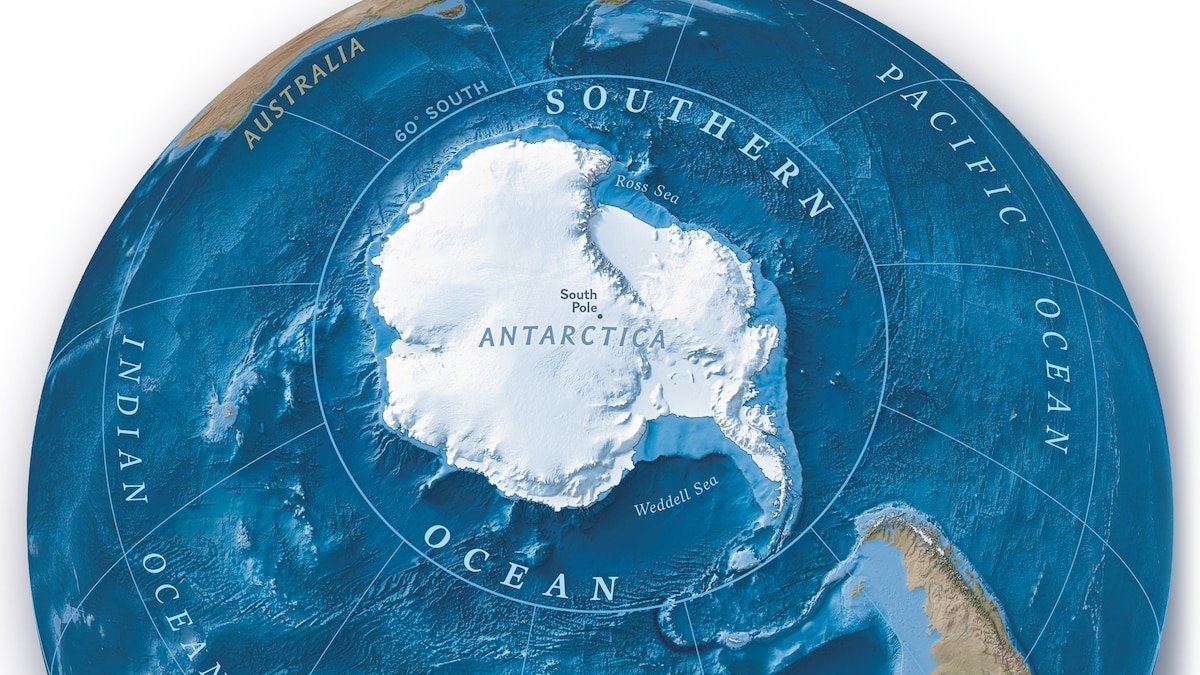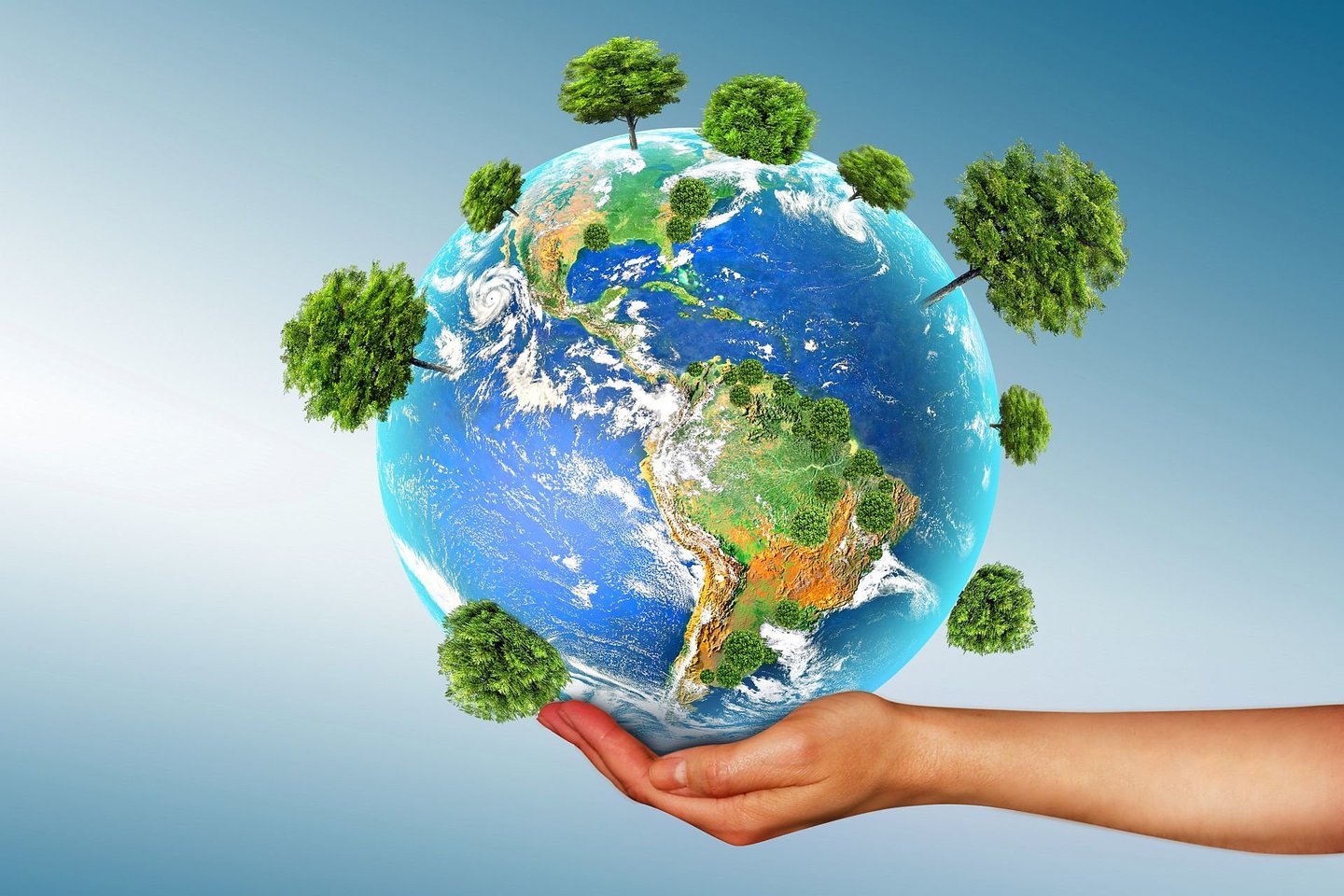s of 2024, the exact number of recognized countries worldwide is a topic that can vary slightly depending on the source and the criteria used for recognition. However, the widely accepted number is 195. This includes 193 member states of the United Nations and 2 observer states. Here’s a breakdown of the current global landscape:
1. United Nations Member States: 193
The United Nations (UN) is the most recognized international organization that provides a basis for determining the number of countries worldwide. There are 193 member states in the UN, representing the vast majority of sovereign nations globally. These countries are widely recognized by the international community and participate in various global affairs under the UN umbrella.
2. Observer States: 2
In addition to the 193 member states, the UN recognizes two observer states:
- The Holy See (Vatican City)
- Palestine
These entities are not full UN members but have been granted observer status, allowing them to participate in General Assembly meetings and other activities without the right to vote.
3. Other Entities with Limited Recognition
Beyond the 195 recognized states, there are a few entities that declare themselves as independent countries but have limited or no international recognition. These include:
- Taiwan (Republic of China): Taiwan operates as an independent country with its own government and economy, but due to the One-China policy, it is not widely recognized by the UN and most countries.
- Kosovo: Kosovo declared independence from Serbia in 2008 and is recognized by over 100 UN member states, but not by others, including Serbia, Russia, and China.
- Western Sahara: The Sahrawi Arab Democratic Republic claims sovereignty over Western Sahara, but its status is disputed, and it is not fully recognized.
4. Disputed Territories
There are also regions and territories around the world with disputed sovereignty, such as:
- Northern Cyprus: Recognized only by Turkey.
- South Ossetia and Abkhazia: Recognized by a few countries but considered part of Georgia by most of the world.
- Transnistria: A breakaway region in Moldova with limited recognition.
5. Micronations and Unrecognized Entities
Additionally, there are several self-proclaimed micronations and unrecognized entities that assert independence but are not acknowledged by any recognized state or international organization. These are often created for various reasons, including political, cultural, or even as a form of artistic expression, and do not hold significant geopolitical influence.

—
As of 2024, the widely accepted number of countries in the world stands at 195, including 193 UN member states and 2 observer states. However, the global map is dynamic, and issues of sovereignty and recognition continue to evolve. Political changes, declarations of independence, and international negotiations may alter the number of recognized countries in the future.
Understanding the complexities of international recognition helps explain why the number of countries can sometimes seem ambiguous. Nonetheless, the figure of 195 remains the most commonly accepted count in the global community today.




















